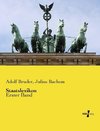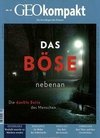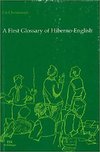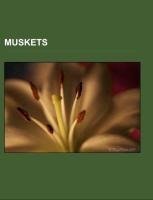
Muskets
Source: Wikipedia. Pages: 34. Chapters: Rifled muskets, Brown Bess, Charleville musket, Pattern 1853 Enfield, Blunderbuss, Springfield Model 1855, Springfield Model 1861, Jezail, Springfield Model 1847, Model 1795 Musket, Culverin, Fayetteville rifle, Springfield... Viac o knihe
Produkt je dočasne nedostupný
15.14 €
bežná cena: 17.20 €
O knihe
Source: Wikipedia. Pages: 34. Chapters: Rifled muskets, Brown Bess, Charleville musket, Pattern 1853 Enfield, Blunderbuss, Springfield Model 1855, Springfield Model 1861, Jezail, Springfield Model 1847, Model 1795 Musket, Culverin, Fayetteville rifle, Springfield Model 1842, Springfield musket, Richmond Rifle, Wall gun, Musket Model 1777, Model 1816 Musket, Springfield Model 1863, Springfield rifle, Springfield Model 1812 Musket, Kabyle miquelet, Springfield Model 1835, Vereinsgewehr 1857, Model 1822 Musket, Springfield Model 1840 Flintlock Musket, Musketoon, Pattern 1861 Enfield Musketoon, Gallager carbine, Jingal. Excerpt: A musket is a muzzle-loaded, smooth bore long gun, fired from the shoulder. Muskets were designed for use by infantry. A soldier armed with a musket had the designation musketman or musketeer. The musket replaced the arquebus, and was in turn replaced by the rifle. The term "musket" is applied to a variety of weapons, including the long, heavy guns with matchlock or wheel lock and loose powder fired with the gun barrel resting on a stand, and also lighter weapons with Snaphance, flintlock or caplock and bullets using a stabilizing spin (Minié ball), affixed with a bayonet. 16th-century troops armed with a heavy version of the arquebus called a musket were specialists supporting the arquebusiers and pikemen formations. By the start of the 18th century, a lighter version of the musket had edged out the arquebus, and the addition of the bayonet edged out the pike, and almost all infantry became musketeers. In the 18th century, improvements in ammunition and firing methods allowed rifling to be practical for military use, and the term "rifled gun" gave way to "rifle". In the 19th century, rifled muskets (which were technically rifles, but were referred to as muskets) became common which combined the advantages of rifles and muskets. About the time of the introduction of cartridge, breechloading, and multiple rounds of ammunition just a few years later, muskets fell out of fashion. Musket calibers ranged from 0.5 inches (13 mm) to 0.8 inches (20 mm). A typical smooth bore musket firing at a single target was only accurate to about 50 yards (46 m) to 70 yards (64 m). Rifled muskets of the mid-19th century were significantly more accurate, with the ability to hit a man sized target at up to 500 yards (460 m). The advantage of this extended range was demonstrated at the Battle of Four Lakes, where Springfield Model 1855 rifled muskets inflicted heavy casualties among the Indian warriors before they could get their smooth bore muskets into range. However, in the Italian War
- Vydavateľstvo: Books LLC, Reference Series
- Formát: Paperback
- Jazyk:
- ISBN: 9781157258728

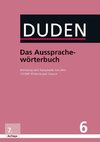

 Anglický jazyk
Anglický jazyk 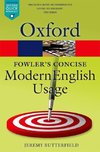

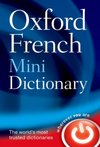

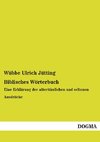
 Nemecký jazyk
Nemecký jazyk 
